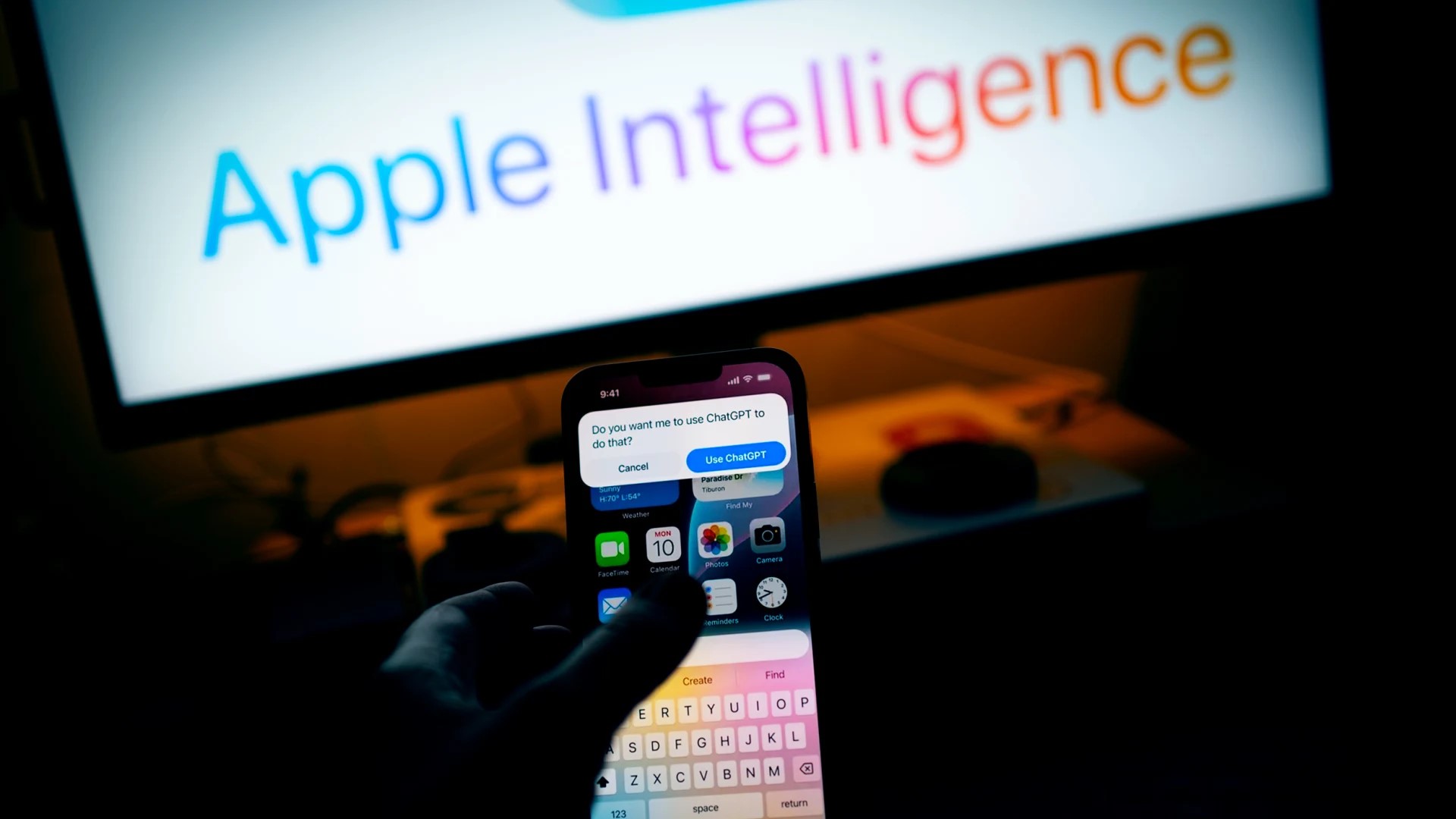New York — Last month, Apple CEO Tim Cook took the stage to unveil the iPhone 16, touting the device’s Apple Intelligence AI features as a game-changer that would “supercharge” user experiences. Now, with Apple’s third-quarter earnings released, the company has offered a preliminary view of whether its AI-powered iPhone is meeting expectations and potentially reversing a prolonged sales decline.
For the quarter ending in September, Apple reported iPhone revenue of $46.2 billion, up 5.5% from the same period last year. This growth, though measured, surpassed analysts’ expectations and provided a welcome boost as the company works to regain momentum. The iPhone 16, available for preorder as of September 13 and officially in stores starting September 20, had only two weeks of sales reflected in these earnings, making it an early but key indicator of consumer response to Apple’s latest flagship model.
The stakes for Apple’s iPhone 16 release are high. Over the past year, Apple has reported declining year-over-year revenue for four consecutive quarters, largely due to weaker iPhone demand amid a challenging global economy. Apple Intelligence, a suite of AI-powered enhancements, is Apple’s answer to these challenges, adding new features intended to differentiate the iPhone 16 from previous models and spark renewed interest among users. Analysts are optimistic that Apple Intelligence could drive a “supercycle” of demand, ushering in an era of sustained growth for the company.
Apple’s iPhone revenue for the third quarter also includes sales from earlier models, but the timing of the iPhone 16 launch suggests that the new model played a significant role in the revenue uptick. By comparison, last year’s iPhone 15 release saw a more modest 2.8% year-over-year growth, indicating that Apple Intelligence may be resonating with consumers eager for AI-driven features. Apple’s total revenue rose by 6% to $94.9 billion, slightly above Wall Street’s projections, though the company’s profits fell by 35% from the prior year.
On Thursday’s earnings call, Cook highlighted the rapid adoption of Apple Intelligence, pointing out that iOS 18.1 adoption rates have doubled compared to the previous version, iOS 17.1. He attributed this rise to consumer enthusiasm for the new AI tools, which initially included advanced writing aids and the ability to record, transcribe, and summarize conversations. These features only became available recently, and with more Apple Intelligence enhancements planned for December’s iOS 18.2 update, additional demand may be generated as the new features become available.
The gradual rollout of Apple Intelligence tools may have tempered initial iPhone 16 sales, with some users potentially waiting for a complete feature set before upgrading. Analysts at CFRA Research identified early demand for the iPhone 16 and Apple’s fourth-quarter guidance as important indicators of how well the device will perform in the market.
In his statement, Cook underscored Apple Intelligence’s role in strengthening the company’s privacy protections, a core part of Apple’s identity, while setting the stage for what he hopes will be a high-demand holiday season. Analysts estimate that around 300 million iPhones globally have not been upgraded in over four years, positioning Apple to potentially drive a major upgrade cycle. Wedbush analyst Dan Ives recently remarked that this number could lead to “a monster holiday season” for Apple.
One area of particular interest is China, where Apple has reduced prices to remain competitive with local brands. Despite Apple’s efforts, third-quarter sales in China were flat year-over-year at about $15 billion, slightly missing the $16.1 billion target analysts had hoped for. However, many analysts are cautiously optimistic that the iPhone 16 could help Apple gain ground in the region, where the brand’s loyal following remains a strong asset.
As Apple moves into the critical holiday season, all eyes are on the iPhone 16. Emarketer analyst Jacob Bourne commented that while the staggered release of Apple Intelligence features may moderate the immediate surge in upgrades, the combination of strong services revenue growth and promising demand for the iPhone 16 positions Apple for a robust close to the year.






